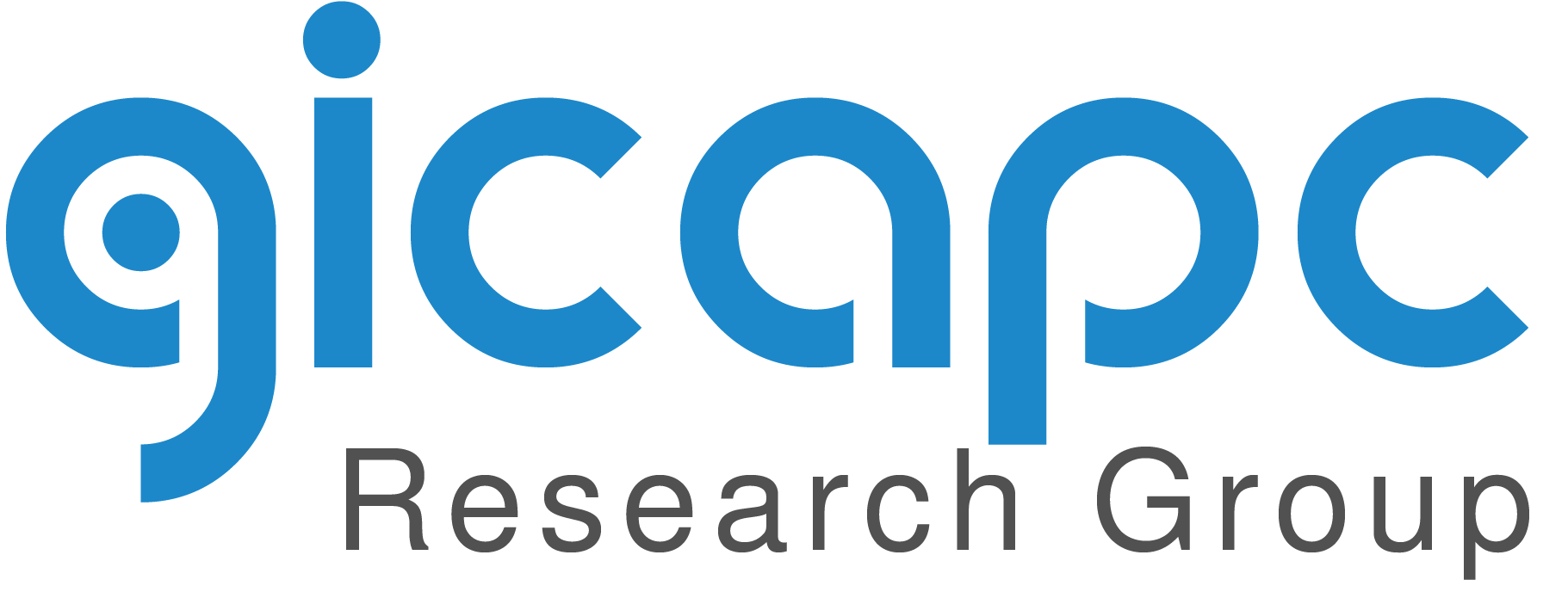[vc_row][vc_column][vc_single_image image=»1168″ img_size=»full» alignment=»center» animation_type=»fadeInUp»][/vc_column][/vc_row][vc_row css=».vc_custom_1560874357328{padding-right: 100px !important;padding-left: 100px !important;}»][vc_column][vc_empty_space][porto_toggles size=»toggle-lg» skin=»primary»][vc_toggle title=»Design, development and validation of analytical methods for the analysis of cosmetic products.» open=»true»]
These methods are necessary to establish the scientific basis for decisions on the safety of cosmetic products to be taken at the international level and will lead to the design and development of cosmetic formulations that are increasingly safer for the user.
L1. Quality control in the cosmetics industry
The composition of cosmetic products and their raw materials must be strictly controlled to avoid exposing users to substances that are harmful to health. These cosmetic ingredients must be within the maximum limits established by current legislation, so the development and validation of analytical methods that guarantee their quality and compliance with current legislation is required.
L2. Studies related to absorption/excretion in the human body
When applying the cosmetic product on the skin of the users, some of the ingredients are absorbed percutaneously, so analytical methods are required to assess the safety of cosmetic ingredients in relation to the processes of percutaneous absorption and excretion through biological fluids of the human body.
L3. Environmental studies
Some of these components can reach the environment by different routes (direct or indirect). Therefore, there is a growing interest in the development of sensitive and selective analytical methods capable of determining them in samples of environmental origin such as water or sediments, and allow studies on the environmental impact of cosmetic products and in particular of the ingredients considered as emerging pollutants.
[/vc_toggle][vc_toggle title=»Development and validation of new analytical strategies based on microextraction techniques.» open=»true»]L4. Development and validation of new analytical strategies based on microextraction techniques
Microextraction techniques bring numerous advantages to the sample preparation stage, especially in trace analysis of samples with complex matrices without interferences and with high sensitivity. Some of these techniques are now well established and have been implemented in numerous analytical laboratories, although some limitations have also been described. Therefore, it is interesting to develop new strategies, as well as to bring some improvements to the existing ones, obtaining good characteristics such as speed, low cost, simplicity and respect towards the environment and operator (Green Analytical Chemistry).
L5. Microextraction techniques as a tool in the early diagnosis of pathological processes: determination of biomarkers
Biomarkers are substances that, objectively measured in some part of the human body, provide information on the normal state of a biological process, or on the contrary of a pathological process, or indicate the response of the organism to a pharmacological treatment. When dealing with biological samples the matrices are complex and often the compounds of interest are found in low concentrations and the amount of sample available may be limited. In this context, the development of microextraction techniques adapted to the needs of bioanalysis that allow sensitive, rapid and reliable determinations of various biomarkers is of vital importance.[/vc_toggle][/porto_toggles][/vc_column][/vc_row]


